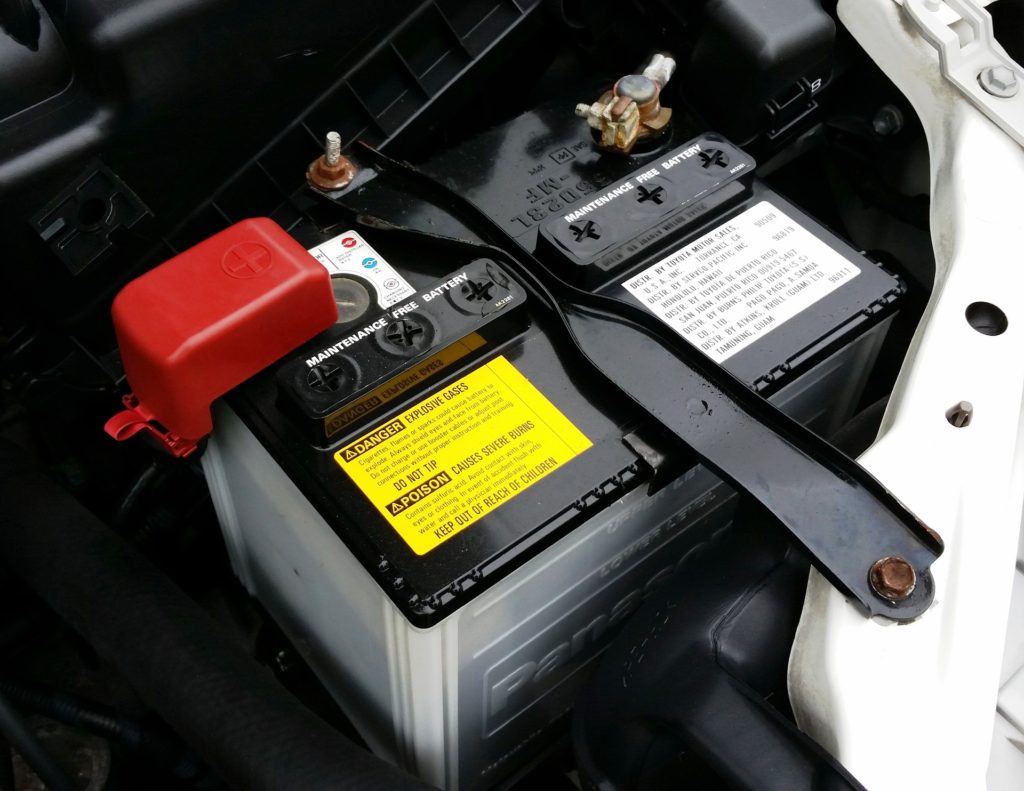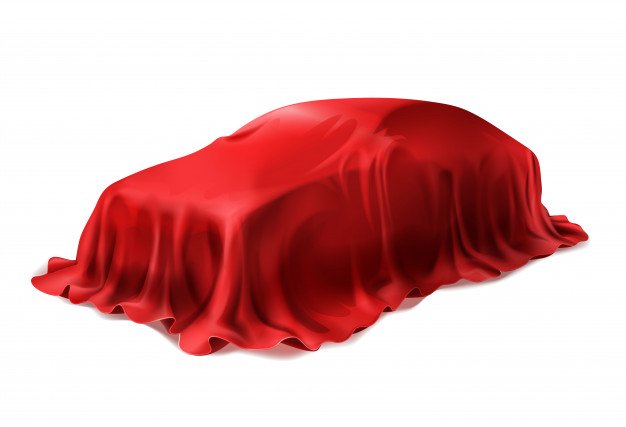6 Tips to Organize and Store your Car for Winter
by Arina Smith Automotive Published on: 20 February 2019 Last Updated on: 15 September 2021

Most people would prefer to store their cars during winter to avoid damage caused by the inclement weather along with poor road and driving conditions including snow, sleet, and ice. Needless to stay, you will have to store your vehicle if you are unwilling to drive during winter; therefore, you should conduct vital preparation for the prolonged winter storage. Improper vehicle storage amounts to both long-and short-term problems; thus, it’s crucial that you take the necessary steps to ensure your vehicle’s well-being. Below are six essential tips on how you can store your car for winter.
The presence of pests and other rodents presents a significant challenge when storing your car during winter. These creatures will infest your vehicle using the smallest of the exterior openings and cause massive destructions. However, this problem can be avoided by storing your car in a clean pest-free location in addition to carrying out interior car detailing. You can also block the exhaust pipe and other openings by placing pieces of steel wool to make it difficult for these animals to access the car’s interior. If the problem does persist, however, or worsen, you may wish to contact a professional like https://www.
1. Protecting the Car Battery:
 The car’s battery will naturally drain its charge during the winter and freezes once it loses its charge and then it toasts. When it comes to preparing the battery for winter storage, several options are available depending on the car’s model, year, and make. Some practices include removing the battery and attaching it to a battery tender, disconnecting your battery and attaching it to a battery tender, or plugging a battery maintenance and monitoring device into the vehicle. The most recommended method is to connect a battery maintainer to the battery and set the voltage and battery type. Then, the press starts and closes the hood for the winter.
The car’s battery will naturally drain its charge during the winter and freezes once it loses its charge and then it toasts. When it comes to preparing the battery for winter storage, several options are available depending on the car’s model, year, and make. Some practices include removing the battery and attaching it to a battery tender, disconnecting your battery and attaching it to a battery tender, or plugging a battery maintenance and monitoring device into the vehicle. The most recommended method is to connect a battery maintainer to the battery and set the voltage and battery type. Then, the press starts and closes the hood for the winter.
2. Ideal Location:
An ideal location to store your car during winter is indoors preferably in a dry, dark, and clean location which is spacious enough but with limited access. The location’s floor should be ideally concrete to reduce the amount of moisture to which your car is exposed. If the location does not have a concrete floor, the best thing you should do is to place a tarp on the ground before parking the car to prevent it from excessive moisture.
3. Car Covers:

Whether you are storing your car indoors or outdoors, it’s essential that you cover it with a breathable, water-resistant custom-fitted cover. A car cover will undoubtedly protect your car’s paint and finish from rust and other damage courtesy of extreme winter weather conditions. Car cover manufacturers produce a wide range of covers depending on the model of the car or whether you would like to store your car indoors or outdoors. Therefore, you may want to go over car cover reviews to find the best cover for your vehicle at a reasonable price.
4. Check Your Fluids:
When preparing your car for storage during winter, it’s essential that you top off all your car’s fluids to avoid corrosion and contamination of the vehicle’s internal systems. When filling up in preparation for winter storage, it is crucial that you add a fuel stabilizer to prevent the build-up of gums and solids that accumulate in gasoline when it sits for an extended period of time. This build-up can degrade the fuel tank, fuel lines, and injection as well as the carburetor. You should also make sure that you change the oil before storing the car for winter. Also, make sure that the engine coolant is working correctly before storing the car.
5. Tire practices:
The major problem facing tires during winter storage is flattening which occurs when the tire’s surface remains in contact with the ground for a long time thus getting deformed. The solution to this massive concern is over-inflating the tires so that they stay inflated for a long time. However, when the winter is over, be sure to deflate your tires to the recommended PSI before taking out your car for a drive during spring. Also, about tires, don’t wait until you see snowfall for you to change your tires to winter tires since standard tires lose their effectiveness at seven degrees Celsius making them dangerous to drive on it.
6. Controlling pests during storage:
The presence of pests and other rodents presents a significant challenge when storing your car during winter. These creatures will infest your vehicle using the smallest of the exterior openings and cause massive destructions. However, this problem can be avoided by storing your car in a clean pest-free location in addition to carrying out interior car detailing. You can also block the exhaust pipe and other openings by placing pieces of steel wool to make it difficult for these animals to access the car’s interior.
Proper winter car storage is essential to prolong the life of your car as well as avoiding unnecessary repairs which may be quite expensive. Improper storage of your car during winter is worse than driving your car on salt-covered roads during winter. Therefore, make sure you prepare your car for winter storage using the practices described above.
Read Also:







































































































